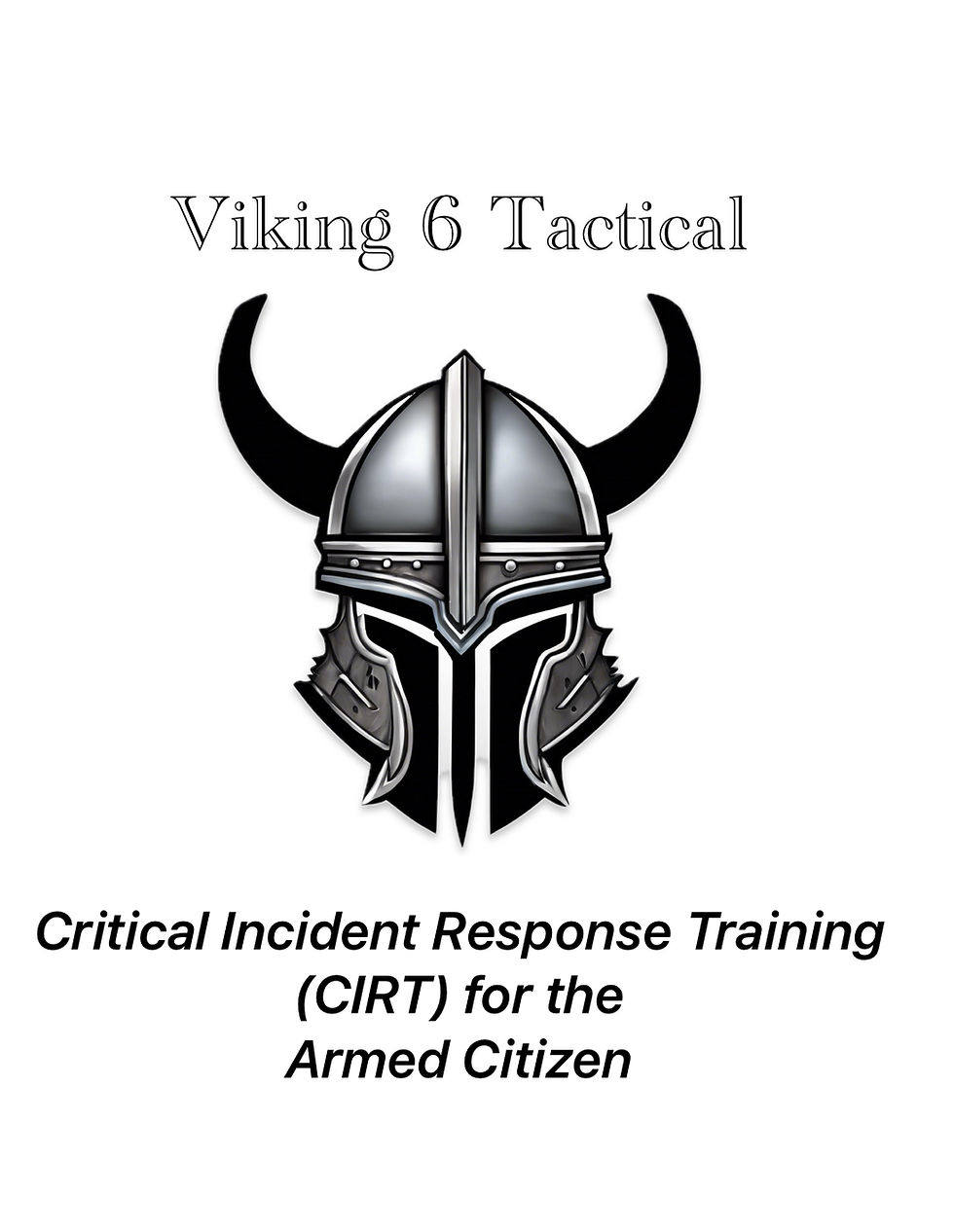Community Safety: Building Strong Neighborhoods to Prevent Crime
- George Rodriguez
- Apr 6
- 3 min read

Your home is your sanctuary, and your neighborhood should be the first line of defense in keeping it that way. But what makes a community “safe”? Is it gates and fences, or is it something deeper, like connected neighbors, strong visibility, and proactive planning? At Viking 6 Tactical, we believe community safety starts long before a criminal ever targets a home, it begins with awareness, involvement, and smart strategy.
The Reality: Understanding Residential Crime in America
According to the FBI’s Uniform Crime Reporting Program, over 1 million burglaries occurred in the United States in 2022. Nearly 62% were residential, and most of those happened during daylight hours (when residents are typically away). The Bureau of Justice Statistics notes that only 13% of burglaries are ever solved, and the average loss per incident is more than $2,600 in property damage or theft.
But here's the real concern: Homes in neighborhoods with poor lighting, no visible security measures, or low community engagement are disproportionately targeted. Criminals look for easy targets, low risk, high reward.
What Does a "Safe" Neighborhood Look Like?
The safest neighborhoods tend to have the following features:
✅ Strong Community Engagement: Active neighborhood watch groups and community events build trust among residents and discourage crime. Criminals don’t like witnesses.
✅ Visible Deterrents: Motion-activated lights, security cameras, posted signs (“Neighborhood Watch in Effect”), and trimmed landscaping make homes harder to target.
✅ Communication Networks: Residents who text, email, or use platforms like Facebook, Nextdoor or other apps or social media sites to report suspicious activity are quicker to respond and prevent escalation.
✅ Routine Patrol Presence: Whether by local law enforcement or private patrols, visibility matters.
✅ Environmental Design (CPTED Principles): “Crime Prevention Through Environmental Design” uses strategic landscaping, lighting, and fencing to reduce hiding spots and increase surveillance opportunities.
Techniques That Work (And Why)
Neighborhood Watch Programs
Success Story: In Seattle, WA, the formation of over 300 neighborhood watch groups led to a 25% reduction in residential break-ins over a two-year period.
Why it works: It fosters community ownership and puts more eyes on the street.
Environmental Design
Example: The city of Sarasota, FL, implemented CPTED principles in high-crime areas by redesigning parks and walkways. Within a year, property crimes dropped by 40%.
Techniques: Trimmed bushes near windows, low fences that maintain visibility, adequate street lighting, and removing places for intruders to hide.
Security Technology
Smart doorbell cameras (like Ring or Nest), motion-detection lighting, and security signs are proven deterrents.
In a Rutgers University study, neighborhoods with higher concentrations of home security systems saw up to 60% fewer burglaries than those without.
Social Media and Mobile Apps
Apps like Nextdoor, Citizen, and even private Facebook groups help neighbors stay informed in real time.
Caution: Be aware that oversharing details or publicly discussing your absence can also increase risk.
What Doesn’t Work (And Why)
“Gated Community” Mentality Without Engagement
A gate doesn’t stop crime, it just moves it to less obvious areas. Gated communities often experience complacency in safety practices. If residents rely solely on the gate without vigilance, they remain vulnerable.
No Follow-Up or Participation
Neighborhood Watch signs without actual meetings or communication do more harm than good. Criminals quickly learn which areas are passive and which are active.
Isolated Security Systems
Security cameras are a good tool, but only if they’re part of a larger strategy. A system without signage, proper lighting, or neighborhood coordination won’t prevent much.
“It Won’t Happen Here” Attitude
Many neighborhoods fail to act until after an incident occurs. Prevention is always more effective, and less costly, than reaction.
How to Build a Safer Community
Start a Safety Committee or Watch Group
Begin with a few concerned neighbors. Set monthly or quarterly meetings.
Invite local law enforcement for crime updates and training.
Conduct a Crime & Vulnerability Assessment
Evaluate each home and common area for lighting, visibility, access points, and signs of neglect.
Viking 6 Tactical offers free community preparedness classes and home security walkthroughs.
Create Communication Channels
Use group chats, emails, or a shared bulletin board.
Ensure everyone knows how to report suspicious behavior efficiently.
Organize Events
Potlucks, BBQs, or clean-up days bring people together and build familiarity. When neighbors know each other, they watch out for each other.
Coordinate with Local Law Enforcement
Get crime statistics for your area and ask officers to participate in safety events.
Request patrols during peak crime times (vacations, holidays, etc.).
Final Thoughts
Community safety isn’t about fences and fear, it’s about connection, preparation, and common sense. A well-organized neighborhood can deter crime more effectively than any one person acting alone. Viking 6 Tactical believes in empowering individuals, families, and communities to take proactive steps in protecting what matters most.
Want to build a safer community? Contact us at www.viking6tactical.com to schedule a free neighborhood safety seminar, home vulnerability assessment, or community preparedness class.
🛡️ Train Smart. Live Prepared. Build Strong Communities.
#Viking6Tactical #CommunitySafety #NeighborhoodWatch #CrimePrevention #Preparedness #HomeSecurity #CPTED #BeYourOwnProtector #VermontPreparedness #FloridaSafety





Comments